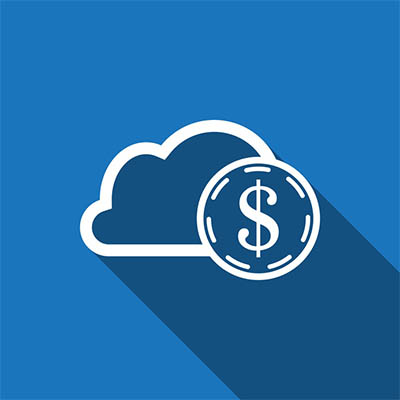
Your business depends on a budget to come out in the black at the end of the fiscal year, and the way you invest that budget will have a considerable impact. As you create this budget, your IT needs to be one of your top considerations – after all, it is what effectively powers the modern business. Here, we’ll discuss how diligently incorporating your IT into your budget can help your business be more successful down the line.
How to Approach Your IT Spending
When determining an IT budget, perspective is an important part of the process. It can be tempting to view your IT as just another cost of doing business, but it really is more than that. Your technology (and the state it is in) has ramifications that spread to your entire business, so if it is lacking, everything will be. Employee morale will suffer, your productivity will slow, and your incoming cash flow will falter.
After all, an IT budget needs to account for a lot. There are the costs associated with acquiring and subsequently upgrading your information technology, as well as training your staff to properly leverage these solutions. However, a good IT budget will also account for the odd inconveniences that will require some financial spending to resolve. Furthermore, with your budget in mind as a reference, explore some of your options as far as cost-savings go… are you paying for more resources than you need? Are you leaving money on the table anywhere when those funds could be used more effectively contributing to another goal? While information technology is hugely helpful when leveraged properly, it can become a financial burden if over-invested (or even under-invested) in.
This is how you should actually consider your IT budget: an investment. While some of it will be classified as a business expense, much of your spending will be into endeavors that help your business, either by increasing efficiency or reducing waste. Either way, your IT can be used to put your company in a better financial situation.
Encouraging Financial Well-Being with an IT Budget
If you’re unsure of how to proceed with budgeting your IT, we’ve compiled a handy list of things you should (and shouldn’t) do during the process.
- Have a set budget for your IT. In order for your business to be able to utilize the caliber of technology solutions it needs for success, you need to put forward the investment into those solutions.
- Invest in business-enhancing solutions. Whether you’re boosting your internal productivity or fortifying your business against threats that could keep you from conducting business as usual, your IT budget should be spent in ways that directly benefit your operations.
- Don’t shoot from the hip. Like we alluded to above, if you aren’t investing in your IT solutions correctly, you could find yourself in a worse spot than before. It is crucial that you go about investing in your IT strategically, directing funds to where they are needed and where they will help you to generate more revenue.
Alexa von Tobel, CEO of LearnVest.com, said, “We all have pretty much similar dreams, and at the root of all those dreams is being able to be in control of your money.” We agree, which is why we’re dedicated to providing you with the most value in our IT services without emptying your coffers. To learn more about the easily-budgetable services that we have to offer, reach out to us at PHONENUMBER.
